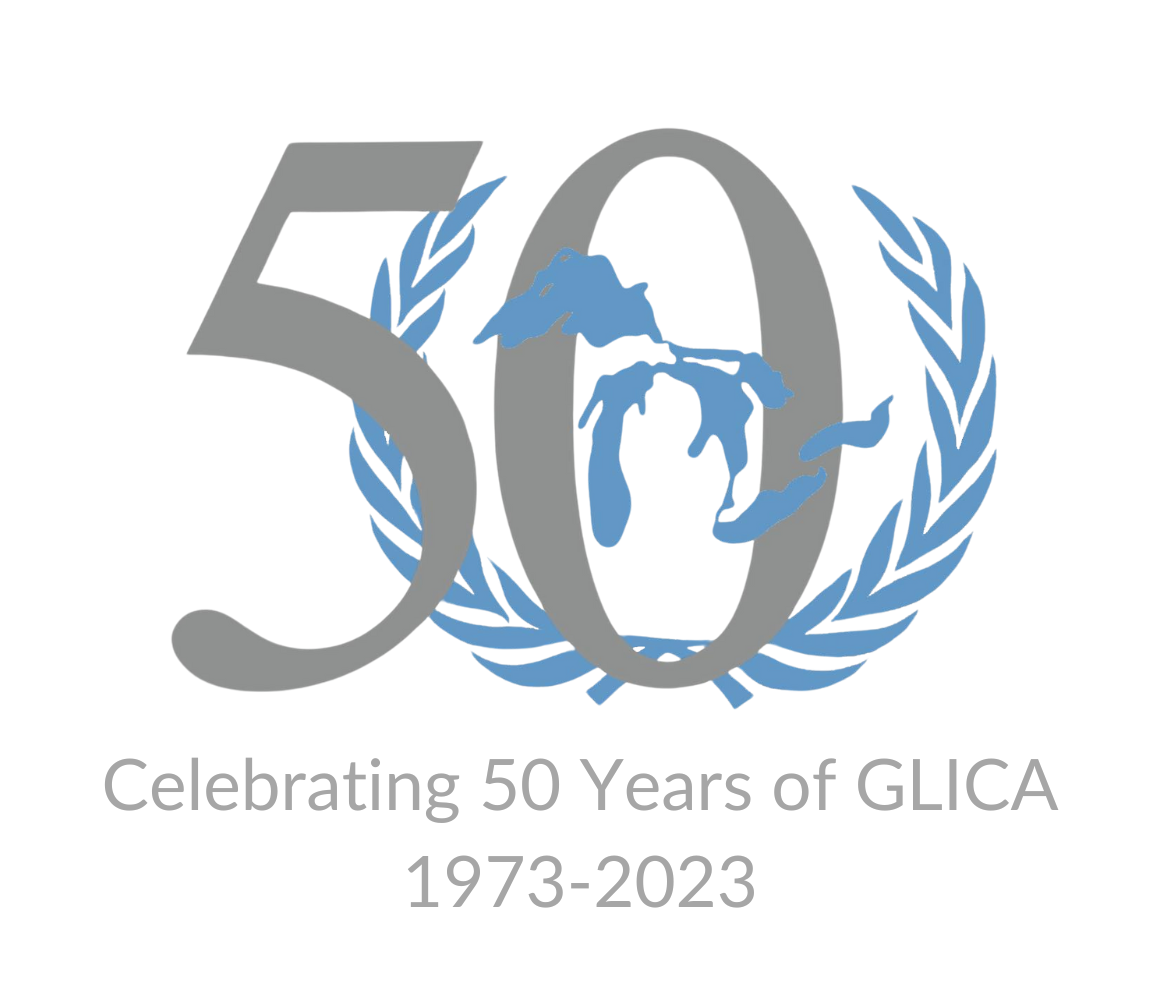There are a great many possible forms a natural disaster might take, and the destruction wrought is usually immense. Fortunately, the international community is almost always willing to participate in disaster-relief, which leaves the United Nations Development Programme to deal with problems of infrastructure, building design, urban and municipal planning, and methods of coordinating with and providing timely warning to potentially affected populations. Key information includes knowledge of how to predict, prepare for, or even prevent natural disasters. All of these goals require a diligent study of the relevant science so as to provide a comprehensive picture of the problem to be solved.
Broadly speaking, disaster risk reduction consists of two parts: blunting the direct harm of the disaster itself, and quickly and efficiently dealing with the fallout that does inevitably occur. Both require a high degree of preparedness and significant up-front costs, but such costs pale in comparison to those which would be incurred by an unprepared state. Atmospheric monitoring can detect tropical storms many days away, and allow for the evacuation of potentially affected areas with minimal loss of life. Study of seismic activity may allow earthquakes or volcanic eruptions to be foreseen, and can certainly provide early warning of tsunamis; construction techniques can be improved to increase survivability of buildings. Dams can help to control and prevent the flooding of river systems, though the potential for other environmental effects requires careful evaluation of the regional ecosystem. Addressing larger systemic issues, robust medical, transportation, sanitation, and power-distribution infrastructure allows rapid distribution of people and resources in preparation for disaster, and simplifies maintaining continuity of service when disaster does strike, to say nothing of facilitating the delivery of aid. Further, effective disaster risk reduction requires that evacuation or delivery routes, mass communications technology, and civil facilities placement be considered essential components of any development plan. Finally, while the effects of disasters on concentrated or urban populations must certainly be addressed, the more widespread devastation visited on rural populations presents its own set of challenges which cannot be ignored. Whereas disruption of city infrastructure makes planning and mitigation difficult for large numbers of people in a relatively confined area, more isolated rural populations may not have infrastructure to begin with, which further complicates preparation and recovery – especially when multiple regions are affected simultaneously.
Disasters, both natural and manmade, strike without regard to national borders, and the harm they cause is inversely correlated with preparedness. It is therefore in the interest of the member states of the United Nations Development Programme to work together to develop ways to improve readiness and response. The old aphorism that an ounce of prevention is worth a pound of cure would seem to apply – and the result can only be to save lives and improve rates of recovery.


